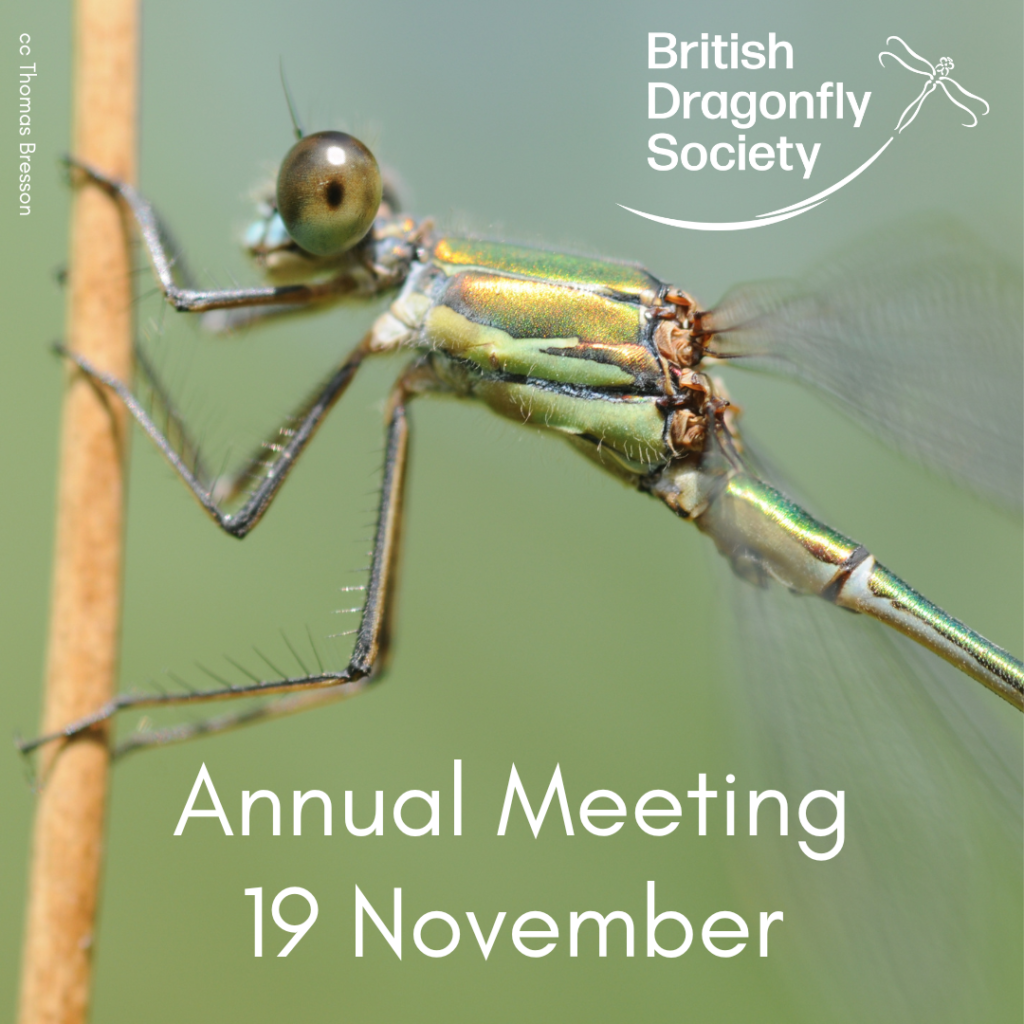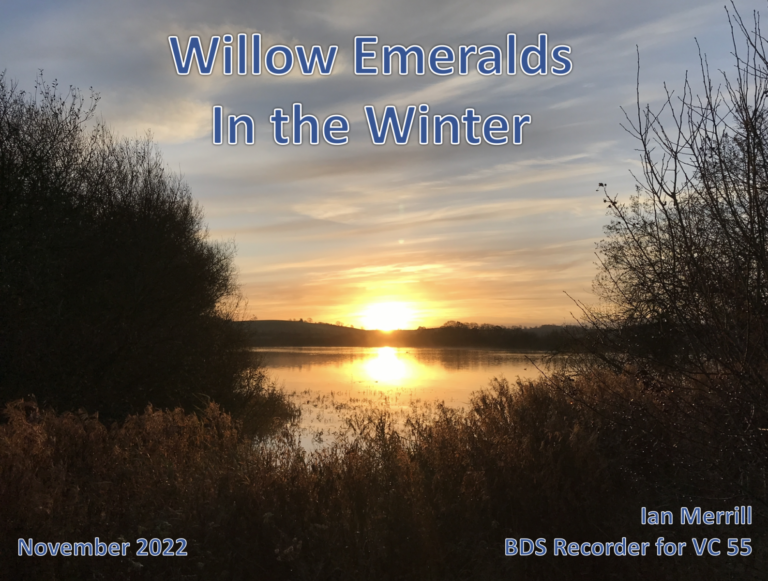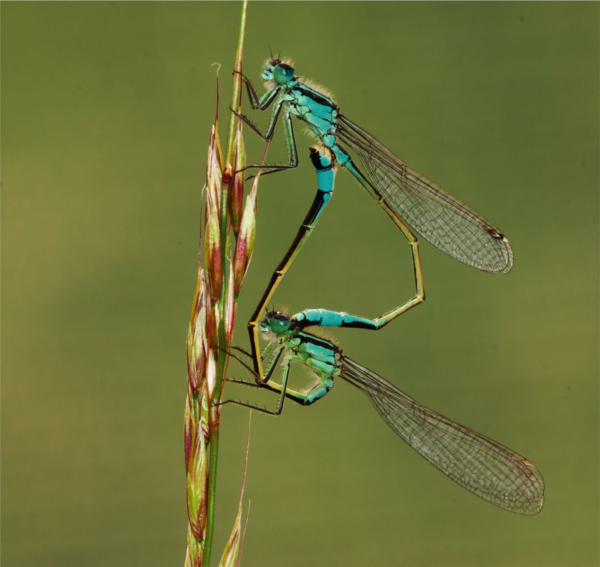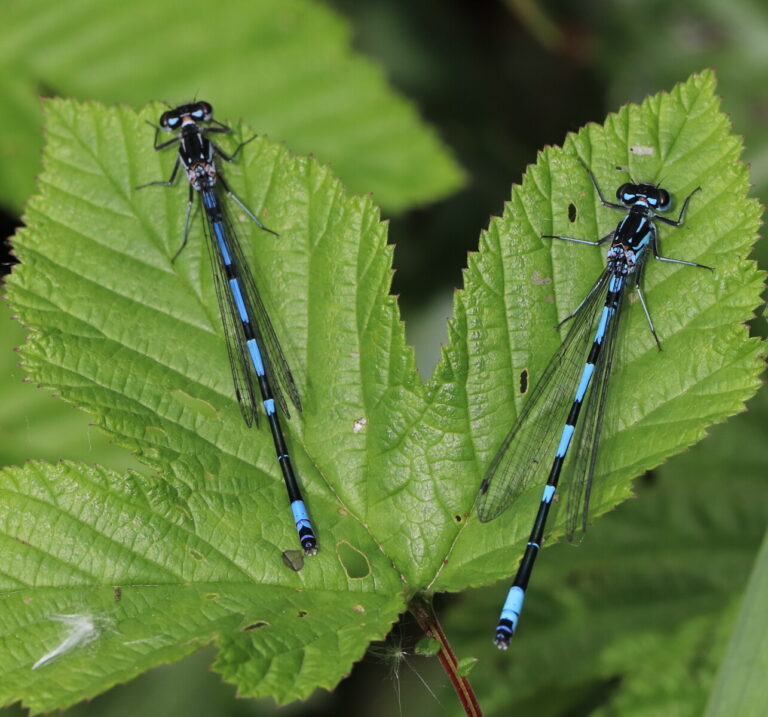

- This event has passed.
British Dragonfly Society AGM 2022 (External Meeting)
19 November 2022 @ 09:30 – 16:30
The Royal Entomological Society organises insect science conferences and events around the UK and the world for people at all stages of career and interest.
Becoming a member entitles you to discounted (and sometimes free) access to the majority of events.

British Dragonfly Society AGM 2022
Date: Saturday, 19 November 2022
Time: 9:30 am – 4:30 pm
Cost: Free
Event Category: Meeting run by BDS
Event Website: https://www.eventbrite.co.uk/e/bds-annual-meeting-and-agm-tickets-397263173847?aff=ebdsoporgprofile
Location: Online
Organiser: British Dragonfly Society

Join British Dragonfly Society for their Annual Meeting – open to anyone with an interest in dragonflies and wetland conservation.
This event is free but donations are welcome.
Registration is essential; book your ticket here.
The day will be hosted on zoom; if you are not familiar with the app please check out the new users manual here.
You will receive the link for the event on Zoom via email near the time.

Programme
9:30 Welcome
9:45 Steart Marshes a working wetland ~ Alys Laver (WWT Senior Conservation Warden)
10:15 Urban Wetlands for Wellbeing ~ Andy Graham (WWT Senior Project Manager)
10:45 Dragonflies of Llangorse Lake ~ Keith Noble (BDS County Dragonfly Recorder for Breconshire)
11:15 Break
11:30 Q&A with morning speakers
12:00 BDS Staff Update
12:30 Meet our new Conservation Outreach Officer, Lauren Kennedy
13:00 AGM
13:30 Lunch
14:15 A common endosymbiotic bacterium led to reduced genetic diversity in the Common Blue-tailed Damselfly (Ischnura elegans) ~ Junchen Deng (Lund University)
14:45 Willow Emeralds in the Winter – Extending Dragonfly Recording To Every Season! ~ Ian Merrill (BDS County Dragonfly Recorder for Leicestershire with Rutland)
15:15 Break
15:30 Tackling invasive aquatic weeds with South American weevils ~ Djami Djeddour (EA Project Manager)
16:00 Q&A with afternoon speakers
16:30 Finish (the meeting will be left live for a chance to socialise with other attendees).
Please note the programme may be updated.

Talk information

Willow Emeralds in the Winter – Extending Dragonfly Recording To Every Season!
Ian Merrill (BDS County Dragonfly Recorder for Leicestershire with Rutland)
As BDS recorder for VC 55 (Leicestershire & Rutland), Ian Merrill will recount his personal experience of the colonisation of VC 55 by Willow Emerald Damselfly since 2019. The presentation will focus on the benefits of searching for evidence of the species during the winter months and the huge value which can be added to our knowledge of the spread of this often-elusive species by the adoption of this tactic. The richly illustrated talk will describe how best to focus winter recording efforts, exactly where best to search and, importantly, exactly what the clues of its presence look like in the field.

A common endosymbiotic bacterium led to reduced genetic diversity in the Common Blue-tailed Damselfly (Ischnura elegans)
Junchen Deng (Lund University)
Population genetic diversity is closely linked with the ability of species to colonize new habitats. Although both abiotic and biotic factors can shape the genetic diversity of a population, the effects of biotic factors are often unexplored. One of these biotic factors could be Wolbachia, a common endosymbiotic bacterium found in >40% of insect species. Wolbachia can manipulate host reproduction in many ways and thus influence the genetic diversity of a population. Blue-tailed damselfly (Ischnura elegans), or Common Bluetail, is a species expanding northward under global climate change. Although several studies have looked at the population genetics of I. elegans, no one has investigated Wolbachia and its potential effects on the genetic diversity of this damselfly species. In our study, we characterized Wolbachia diversity and genetic diversity of I. elegans populations across Europe by sequencing various Wolbachia and host genetic markers. Our results linked the reduction of genetic diversity of I. elegans populations to the infection of a Wolbachia strain. These findings provided an example of how endosymbiont infections can shape spatial variation in the genetic diversity of their host populations during range expansion.

Dragonflies of Llangorse Lake
Keith Noble (County Dragonfly Recorder for Breconshire)
Llangorse Lake is the largest natural water body in south/mid-Wales and is important for a wide range of wildlife. In recent years the number of dragonfly species has increased and this summer the Lake was recognised as a Dragonfly Hotspot, with good support from local organisations and the community. I shall illustrate the talk with my own photographs.
Image: Willow Emerald Damselfly by Thomas Bresson

Other
Requirements
Booking required: Register here
Contact: eleanor.colver@british-dragonflies.org.uk
